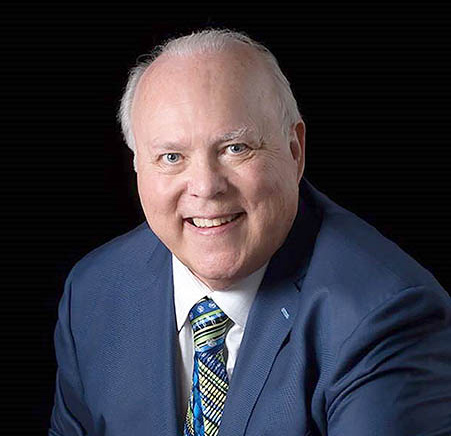
Adult Audience Only
SUMMARY
An automated external defibrillator (AED) is a small, portable medical device that generates a shock that can jolt an irregularly beating heart into beating correctly. To ensure AEDs function properly when needed, regular inspections are required.
GENERAL INFORMATION
If you are tasked with maintaining an AED, follow the manufacturer’s instructions on how and when to inspect the unit and replace batteries, pads, and electrodes. This information usually can be found in the instruction manual and/or online and should be followed carefully. Laws governing the use and care of AEDs vary by state and often change, so become familiar with your state/local AED regulations. Add these devices to your monthly check of emergency equipment—just like for fire extinguishers and other safety devices—so they will be ready in case of an emergency.
Most brands of AED units perform periodic self-tests. This will vary by brand and model. Many models will emit an alarm if there is an issue found during a self-test. However, you should never rely solely on an AED’s self-test. Manual checks and inspections, all documented, should occur monthly or as often as the manufacturer suggests or state laws require. Batteries must remain in the AED while self-testing and manual testing. Otherwise, the AED might not function during an emergency.
The designated people maintaining an AED should check that the batteries and pads are intact and have not reached the expiration date. Many AEDs have a battery-life indicator. This should be checked as part of the routine inspection. Order replacements well in advance of any expiration date. Some AED batteries have an “Install By” date instead of an expiration date. Know when batteries need replacement and be sure to document that information. The manufacturer will have this information available. Keep in mind that environmental conditions (e.g., heat, humidity) might affect the AED, batteries, pads, and electrodes. Check the manufacturer’s recommendations for proper AED storage.
It’s rare, but recalls of AEDs and their components do occur. Register your AED and components to receive recall notices.
After any AED use, the pads must be replaced, as AED pads are single-use only. Check with the AED manufacturer and battery supplier for recommendations on battery replacement. There might be companies in your area that service AEDs for a fee.
To ensure readiness for use in the case of a sudden cardiac arrest, understand how to care for and maintain your AED, and ensure AED inspections are done regularly.
REFERENCES
Mayo Clinic, “Automated external defibrillators: Do you need an AED?”
U.S. Food & Drug Administration, “How AEDs in Public Places Can Restart Hearts”


